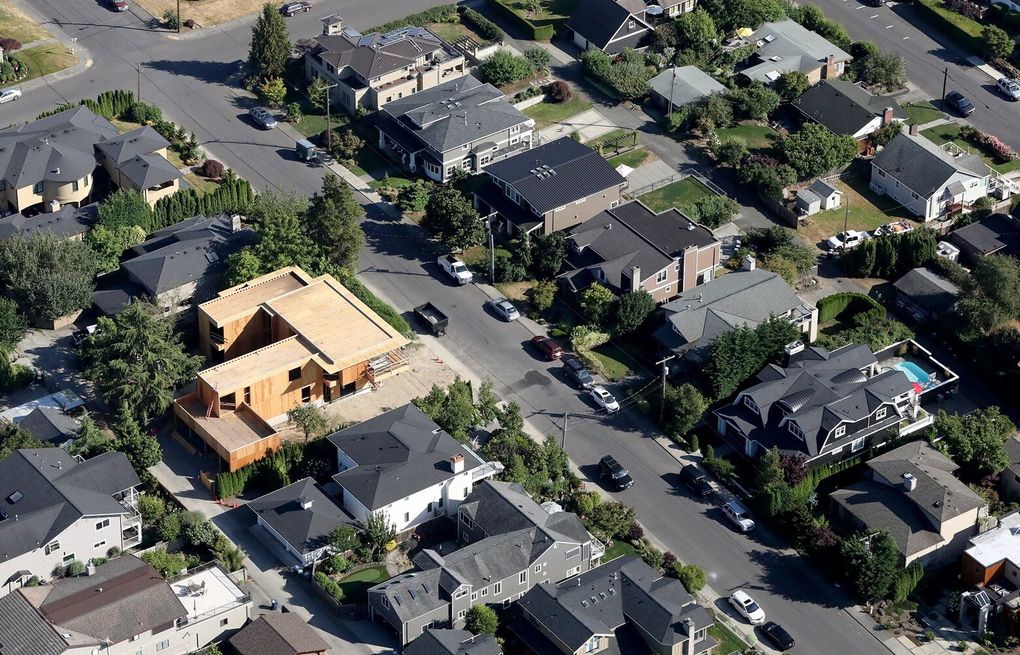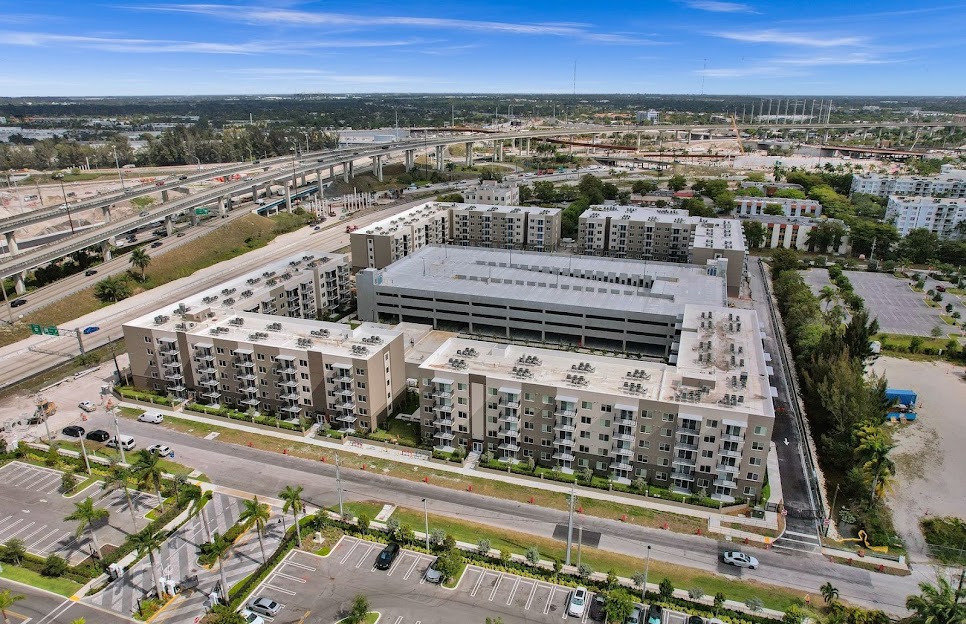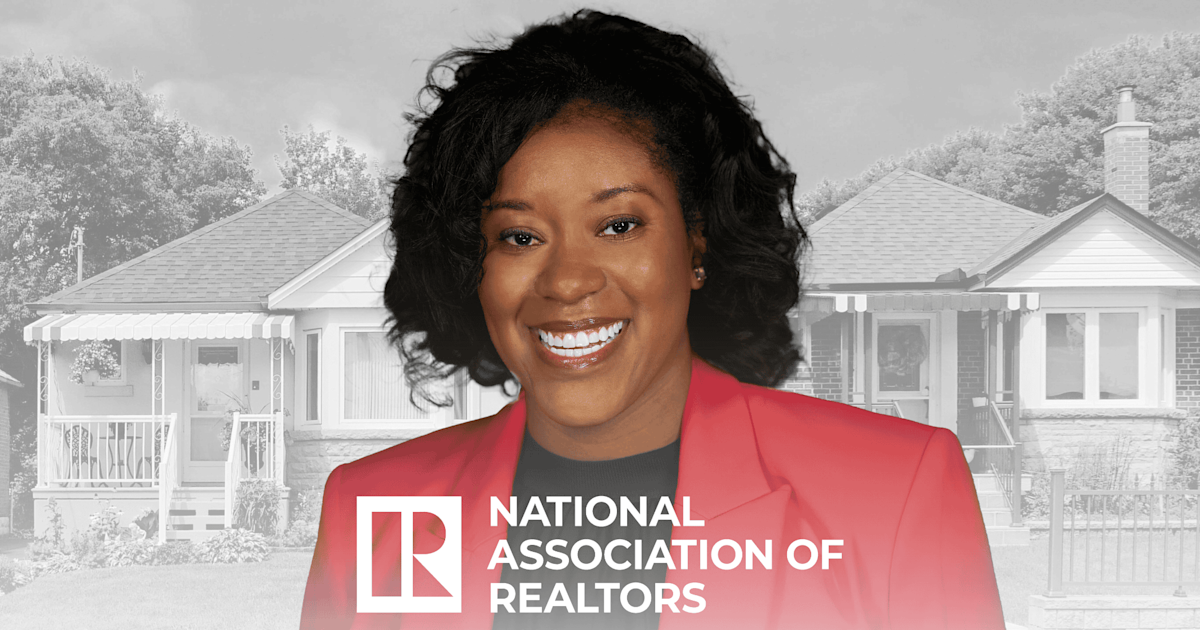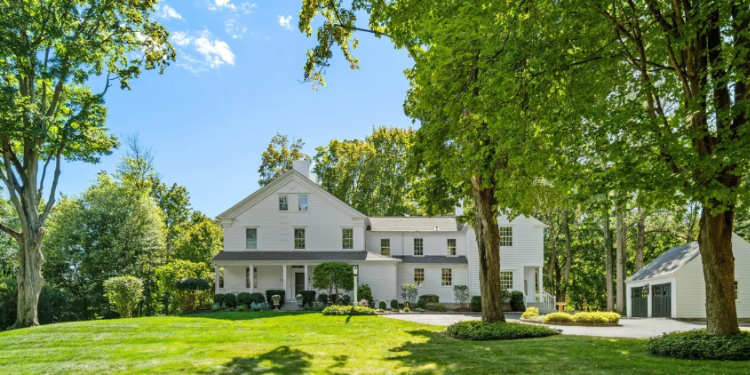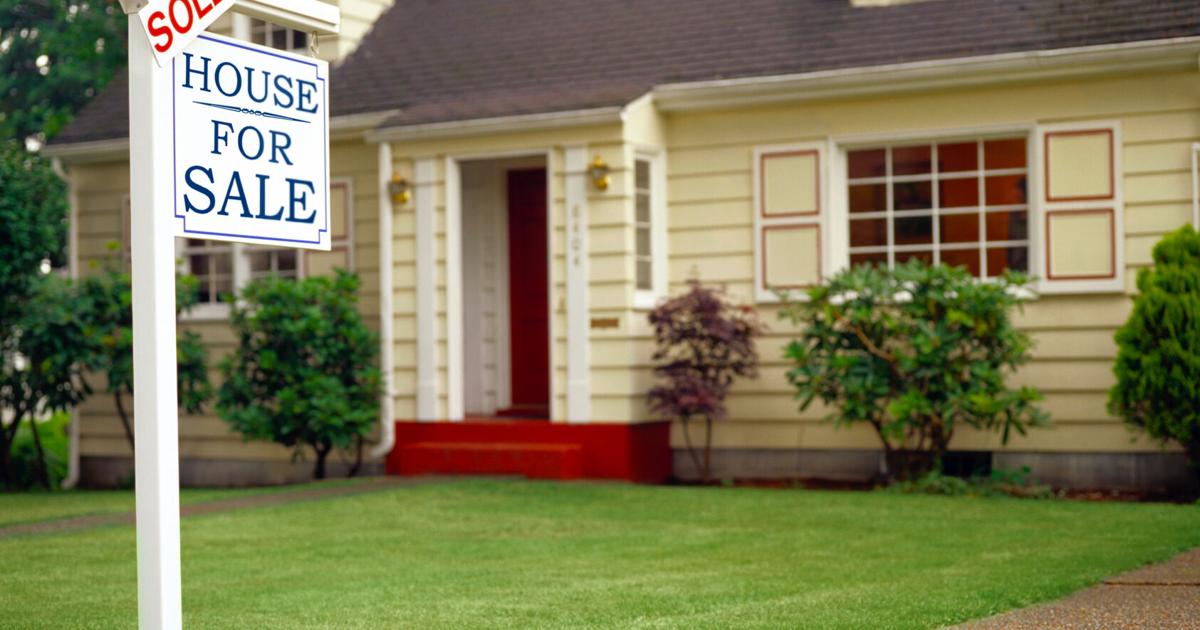A
t over $800,000, a backyard unit on Alonzo Avenue in Ballard initially shocked Lavanna Martin with its price tag. However, she and her husband are moving forward with the purchase this month to be closer to their daughter and baby grandchild in Seattle. The couple is opting for a newly built place, which has allowed them to avoid the competitive bidding process that often comes with buying an existing home in the tight Seattle-area market.
In fact, buyers who can afford pricey new homes have some advantages, such as fewer bids and more choices, including smaller attached or detached units. Builders are also offering incentives to make up for still-high interest rates, making it a "buyer-leaning market," according to Randy Ginn, a real estate broker representing builders on the Eastside.
Ginn notes that many builders are giving concessions, which can include price reductions or credits to buy down interest rates. However, measuring trends in the Seattle area's new-home market is challenging due to the direct sales between buyers and builders, which aren't tracked by the Northwest Multiple Listing Service.
Last year, the NWMLS reported 6,641 newly constructed homes sold in King, Snohomish, and Pierce counties. While this number is below the 2021 level of 9,227 new single-family home sales, it shows an increase in new-home sales in King and Snohomish counties compared to 2023.
New-home prices have also increased, with a median sale price of $920,450 in King County, $830,320 in Snohomish County, and $650,000 in Pierce County. These prices are higher than the median prices of all homes sold on the NWMLS.
Trevor Johnson, CEO of Blackwood Homes, says the past 2½ years have been challenging for builders due to low demand across the Puget Sound region. However, building smaller homes and townhouses has become more popular in Seattle's drive towards higher density development.
Marc Mignogna, a Re/Max Metro Realty seller's agent, notes that buyers are looking for unique features like large windows and yard space. Many won't consider townhomes, preferring detached units that resemble small single-family homes.
Lavanna Martin and her husband opted for a two-bedroom, 1,089-square-foot detached accessory dwelling unit in Ballard, which has a little backyard space and engineered hardwood floors. They chose it because it's detached, allowing them to avoid the noise and shared walls of apartments and townhomes.
New homes tend to be pricey due to escalating construction costs, particularly land prices. Builders often resist price cuts but may offer incentives like closing cost help or buying down interest rates to make the home more affordable.
Keith Akada, a Seattle mortgage broker, says builders typically offer these incentives after 45 days of the property sitting on the market. This allows them to maintain their pricing integrity while still offering deep discounts.
In expensive neighborhoods like Bellevue and Kirkland, new single-family homes can cost $3 million to $4 million. The high prices reflect the lack of land inventory, which is driving up construction costs. The volatility in the stock market and potential tariffs on building materials have also created uncertainty in the industry.
As a result, new-home projects need to "pencil out" a profit to secure construction financing. Blackwood Homes' Johnson notes that they've lost hundreds of thousands of dollars on deals in recent years.
The conditions have led to subtle shifts in the types of homes being built in Seattle's expensive markets. Townhomes are no longer as profitable, and builders are preferring three-unit developments on single-family lots.
Seattle-area cities are revising their comprehensive plans to comply with new state laws requiring higher-density residential development. Johnson predicts that Seattle will see projects packing four to six units on a residential lot once the rules are finalized later this year.
Ginn expects the Eastside to follow suit, particularly along the light rail route. However, he doubts that future buyers of new homes in the area will get much price relief due to rising construction costs and land prices.
